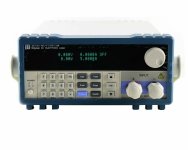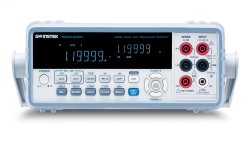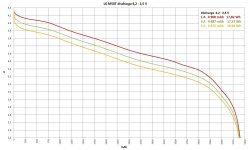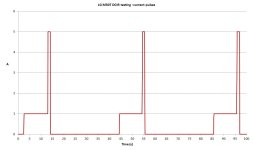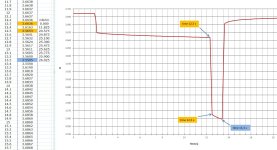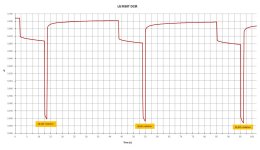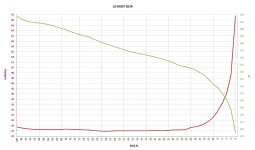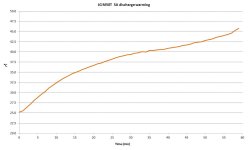thunderheart
100 W
Original article: https://www.thunderheartreviews.com/2019/08/lg-m50t-grade-a-test.html
LG INR21700 M50T is a 5000mAh Li-ion cell of 21700 size (also known as 2170).
LG M50T was previously known as M50 (without T) and even in the tentative version of the datasheet the model name was M50. More than a year ago i tested it (Grade B) and compared with Samsung 48G but then i was using v2.5 of my battery holder. This time i've tested a Grade A cell with the latest v3.0 holder.
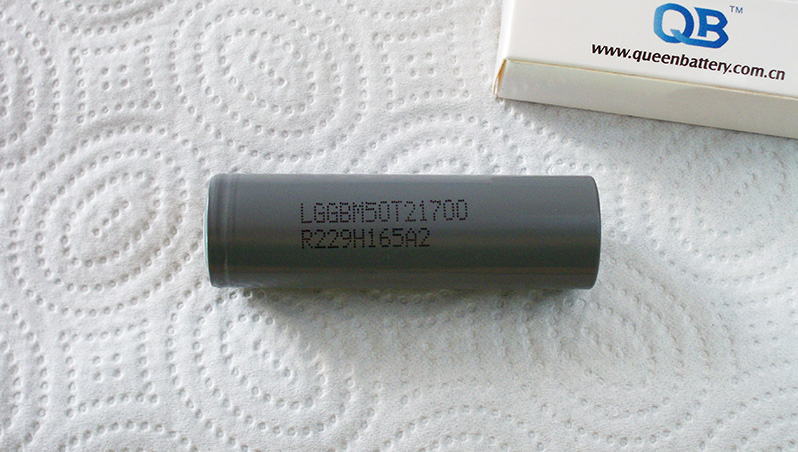
The battery was bought from my reliable supplier (Queen Battery) and tested with ZKETECH EBC-A20 and a self-made battery holder. It's a PC-connected battery tester supporting 4-wire measuring and discharging at up to 20A.
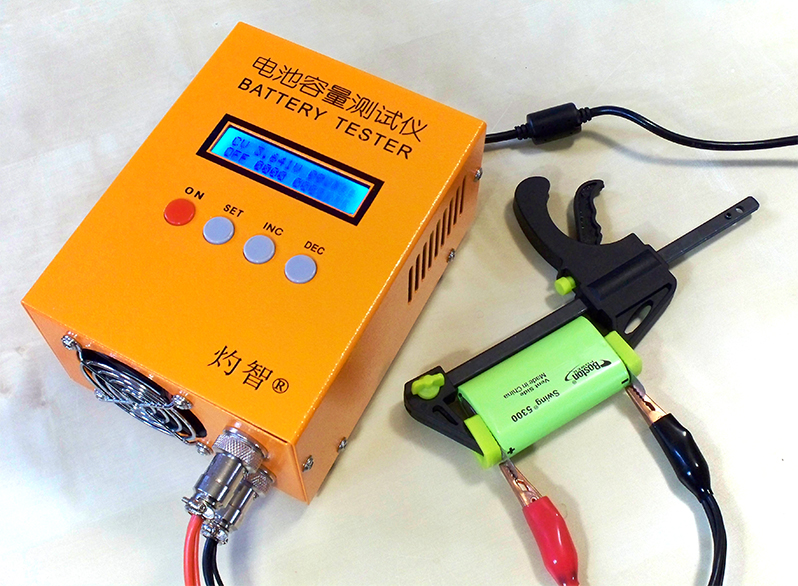
I've used version 3.0 of my battery holder based on 0.5mm thick pure copper terminals
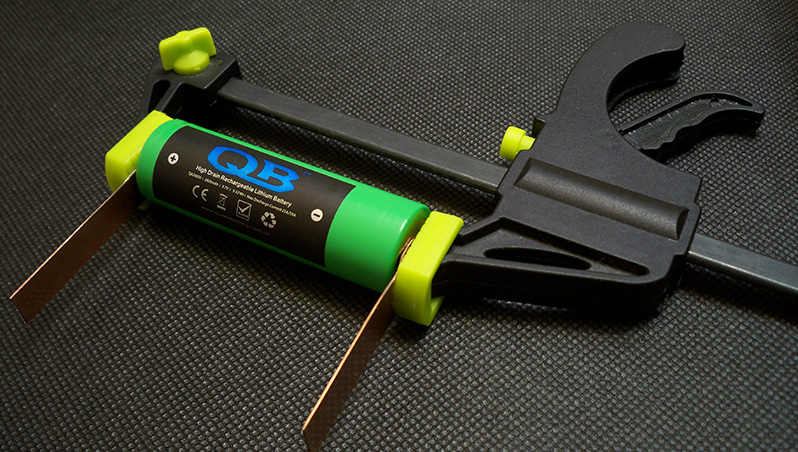
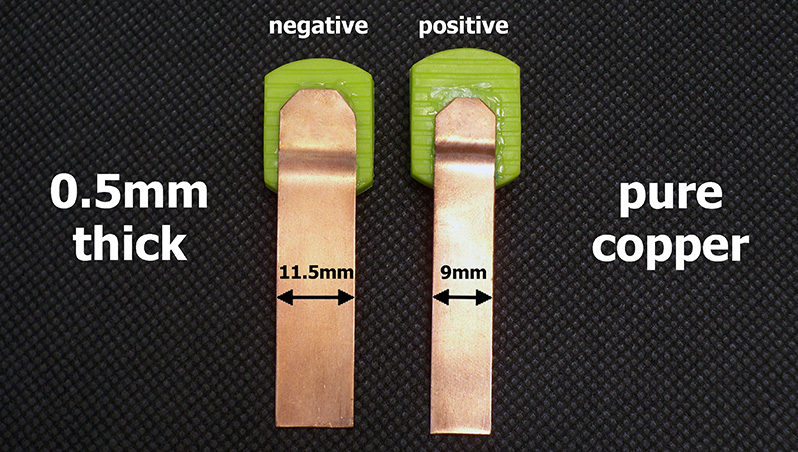
I've followed all the prescriptions of the IEC61960-2003 standard concerning battery's capacity measurement. Before each discharging cycle each battery was charged at standard charge current mentioned in its datasheet to charge end voltage. Before each discharging or charging i've held a 1-1.5hrs pause. The environment temperature was 25±2°C. To be sure in results i've done each test minimum twice (usually 3-7 times).
LG INR21700 M50T
The marking on the heat shrink tube of the tested cell is LGGBM50T21700 R229H165A2
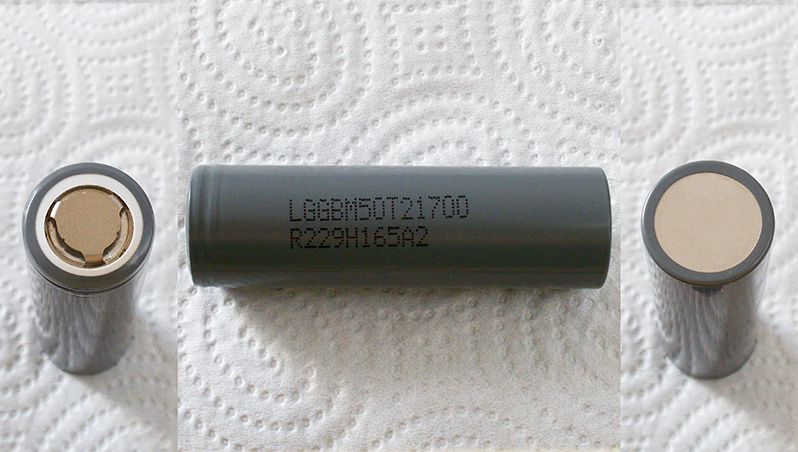
LG M50T has the following specs according to its datasheet:
Nominal energy: 18.2Wh
Minimum energy: 17.6Wh
Nominal voltage: 3.63V
Standard charge current: 1455mA (0.3C)
Max. charge current:
0<t<25°C: 1455mA (0.3C)
25≤t≤45°C: 3.395A (0.7C)
Charge end voltage: 4.2V
Charge cut-off current: 50mA (100mA used)
Max. continuous discharge current:
-20<t<10°C: 2425mA (0.5C)
10≤t≤25°C: 14.55A (3.0C) (added in new version of datasheet)
25<t≤55°C: 7275mA (1.5C)
Discharge cut-off voltage: 2.5V
AC impedance at 1KHz: ≤25mΩ
Max weight (w/o washer): 70g
Cycle life:
After 300 cycles using 1.6A (0.33C) charge with 243mA (0.05C) cut-off and 1.6A (0.33C) discharge with 2.85V cut-off the energy should be ~80% of the initial value. Cells should rest 10min after charge and 20min after discharge.
 Pay attention to the 14.55A continuous discharge rate - it was added in the new version of datasheet. You could also notice that there is no capacity rating in mAh, only energy in Wh, but the C-rating used tells us that by 1C LG means 4850mAh and by dividing 17.6Wh minimum energy by 3.63V nominal voltage we get the same 4850mAh which we can consider as minimum capacity. Respectively, the nominal capacity should be 18.2Wh / 3.63V = 5Ah (5000mAh).
Pay attention to the 14.55A continuous discharge rate - it was added in the new version of datasheet. You could also notice that there is no capacity rating in mAh, only energy in Wh, but the C-rating used tells us that by 1C LG means 4850mAh and by dividing 17.6Wh minimum energy by 3.63V nominal voltage we get the same 4850mAh which we can consider as minimum capacity. Respectively, the nominal capacity should be 18.2Wh / 3.63V = 5Ah (5000mAh).
DC IR at 4850mA (1C) in fully charged condition was 25±0.7mΩ (measured using EB Tester Software's Resistance test feature).
Measured dimensions: 21.2mm (diameter) × 70.5mm (length).
Measured weight: 69.25g
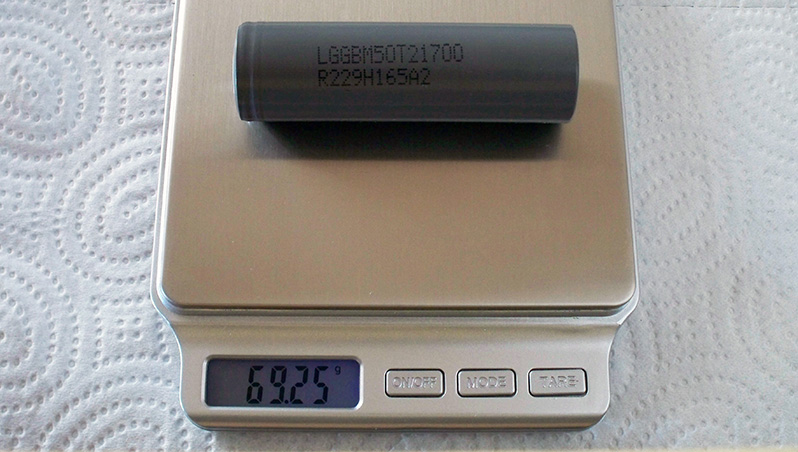
LG M50T Grade A capacity test results:
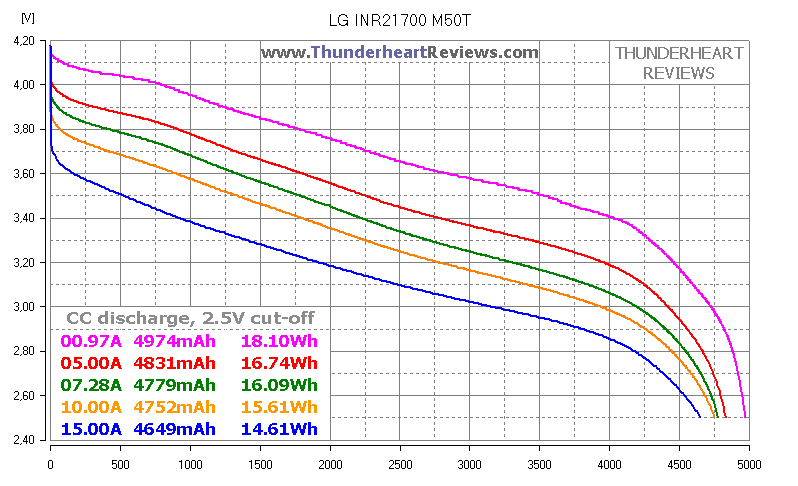
At 0.2C M50T's capacity is 26mAh lower than 5000mAh (which is not declared directly). Whatever, 4974mAh is not a bad result. The curves look good at up to 10A but at 15A the sag goes too deep so i'd consider 10A as the maximum for this cell.
Verdict
So, no surprise this time... Nothing special to say about this guy. LG M50T can be marked as a good 4950mAh / 10A cell and many sellers list it as a 10A cell, not a 15A one.
Here is the video version of this review:

Check out my YouTube channel for batteries, chargers and other stuff reviews.
I've launched my blog where you can find all my reviews in one place. Every new test/review will be first published on YouTube and in the blog. I'll be happy to see new subscribers, comments, suggestions and just your thoughts.
LG INR21700 M50T is a 5000mAh Li-ion cell of 21700 size (also known as 2170).
LG M50T was previously known as M50 (without T) and even in the tentative version of the datasheet the model name was M50. More than a year ago i tested it (Grade B) and compared with Samsung 48G but then i was using v2.5 of my battery holder. This time i've tested a Grade A cell with the latest v3.0 holder.

The battery was bought from my reliable supplier (Queen Battery) and tested with ZKETECH EBC-A20 and a self-made battery holder. It's a PC-connected battery tester supporting 4-wire measuring and discharging at up to 20A.

I've used version 3.0 of my battery holder based on 0.5mm thick pure copper terminals


I've followed all the prescriptions of the IEC61960-2003 standard concerning battery's capacity measurement. Before each discharging cycle each battery was charged at standard charge current mentioned in its datasheet to charge end voltage. Before each discharging or charging i've held a 1-1.5hrs pause. The environment temperature was 25±2°C. To be sure in results i've done each test minimum twice (usually 3-7 times).
LG INR21700 M50T
The marking on the heat shrink tube of the tested cell is LGGBM50T21700 R229H165A2

LG M50T has the following specs according to its datasheet:
Nominal energy: 18.2Wh
Minimum energy: 17.6Wh
Nominal voltage: 3.63V
Standard charge current: 1455mA (0.3C)
Max. charge current:
0<t<25°C: 1455mA (0.3C)
25≤t≤45°C: 3.395A (0.7C)
Charge end voltage: 4.2V
Charge cut-off current: 50mA (100mA used)
Max. continuous discharge current:
-20<t<10°C: 2425mA (0.5C)
10≤t≤25°C: 14.55A (3.0C) (added in new version of datasheet)
25<t≤55°C: 7275mA (1.5C)
Discharge cut-off voltage: 2.5V
AC impedance at 1KHz: ≤25mΩ
Max weight (w/o washer): 70g
Cycle life:
After 300 cycles using 1.6A (0.33C) charge with 243mA (0.05C) cut-off and 1.6A (0.33C) discharge with 2.85V cut-off the energy should be ~80% of the initial value. Cells should rest 10min after charge and 20min after discharge.
DC IR at 4850mA (1C) in fully charged condition was 25±0.7mΩ (measured using EB Tester Software's Resistance test feature).
Measured dimensions: 21.2mm (diameter) × 70.5mm (length).
Measured weight: 69.25g

LG M50T Grade A capacity test results:

At 0.2C M50T's capacity is 26mAh lower than 5000mAh (which is not declared directly). Whatever, 4974mAh is not a bad result. The curves look good at up to 10A but at 15A the sag goes too deep so i'd consider 10A as the maximum for this cell.
Verdict
So, no surprise this time... Nothing special to say about this guy. LG M50T can be marked as a good 4950mAh / 10A cell and many sellers list it as a 10A cell, not a 15A one.
Here is the video version of this review:

Check out my YouTube channel for batteries, chargers and other stuff reviews.
I've launched my blog where you can find all my reviews in one place. Every new test/review will be first published on YouTube and in the blog. I'll be happy to see new subscribers, comments, suggestions and just your thoughts.


